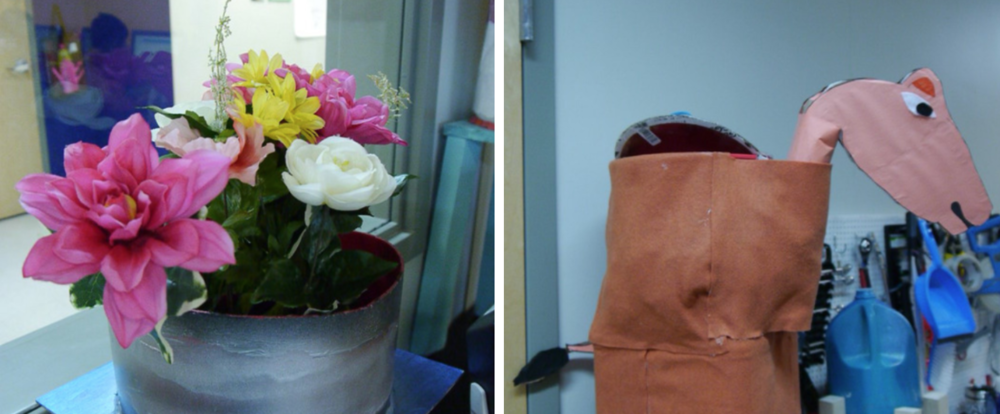
Section Branding
Header Content
Teaching At An Expeditionary STEM School
Primary Content

Amana Academy Charter School is an Expeditionary Learning school where students are encouraged to use STEM (Science, Technology, Engineering, and Mathematics) to focus on solving real-world problems. Amana started as a charter school in 2005 with a small group of students and a focus on environmental stewardship. Twelve years later, Amana has grown but classrooms are still small and the focus has remained with a theme of sustainability and service learning. I incorporate this philosophy into my STEM classes by teaching students to use the engineering design process to create solutions.
My teaching passion is exposing students to the possibilities. In one STEM class at Amana, a student may code a game to teach someone about biofuels while in another class students might use power tools to build a structure for the learning garden. Students have the opportunity to learn about different technology while making connections to their English, social studies, science and mathematics grade level standards. Students learn to use ingenuity to improve upon old ideas or create entirely new inventions. Amana students tackle local and global issues and learn that they are problem solvers.
A recent STEM project provides an example of this philosophy in practice. Seventh grade STEM students participated in a month-long competition to design a working model water tower. This contest, sponsored by the Fulton County Department of Public Works and the Georgia Association of Water Professionals, helped students learn about how water towers work and why they are needed in their communities. Students worked in teams and were challenged with creating towers that were beautiful and efficient. The winning collaborative teams managed to create works of art that were structurally efficient and able to pump and release more than one gallon of water with speed and minimal leakage.

During work on the model water tower project, students selected their own teammates and decided on a captain. This person was responsible for helping to manage the project and fill out needed documentation. There was a limited timeline for the project during which teams had to find materials, design, build and test their solutions. Students were encouraged to reuse old material for their towers and a penalty was assigned for any purchased items. During the building process, students learned the proper way of using hand and power tools and had to determine whether they would use nails, glue or other products to seal their towers. After projects were completed, water professionals tested each group's tower and gave a limited time for groups to correct leakage and other minor issues. Each team was interviewed and had the opportunity to explain their strategy and showcase their learning. Final products were judged on the structure, hydraulic efficiency, and beauty of the towers.
Many STEM projects involve collaboration and help teach students how to work with diverse individuals. Learning from experts is another important element in my classroom and in an Amana STEM education. Students are exposed to the ways in which professionals tackle problems through field work and on-site expert visits. The model water tower contest is an example of this in practice. Another exemplar STEM project completed this year involved game development. During this project, students were exposed to technology and computer science career options. Eighth grade students learned how to code using the Codesters' Python platform during the game development project. The Codesters' product meets students at their level by allowing beginning programmers to use block code. Those who are more advanced are able to use alpha numeric coding.
While working on the game development project, students created logic flow charts and used the engineering design process to brainstorm and implement their ideas. Students learned that game development is more challenging than they initially thought while working through multiple iterations of finished code. A few programming partners even had to scrap their initial ideas and start over. Teams were able to go through the entire development process and complete a working game for students at a neighboring school to test out at the end of the project.
These two STEM projects, completed during the early part of the school year, show how I incorporate technology and engineering into classroom learning. My hope is that through exposure to technology and diverse STEM career options, students may begin to think of themselves as problem solvers with unlimited possibilities for the future.
Through exposure to technology and diverse STEM career options, students begin to think of themselves as problem solvers with unlimited possibilities for the future.





